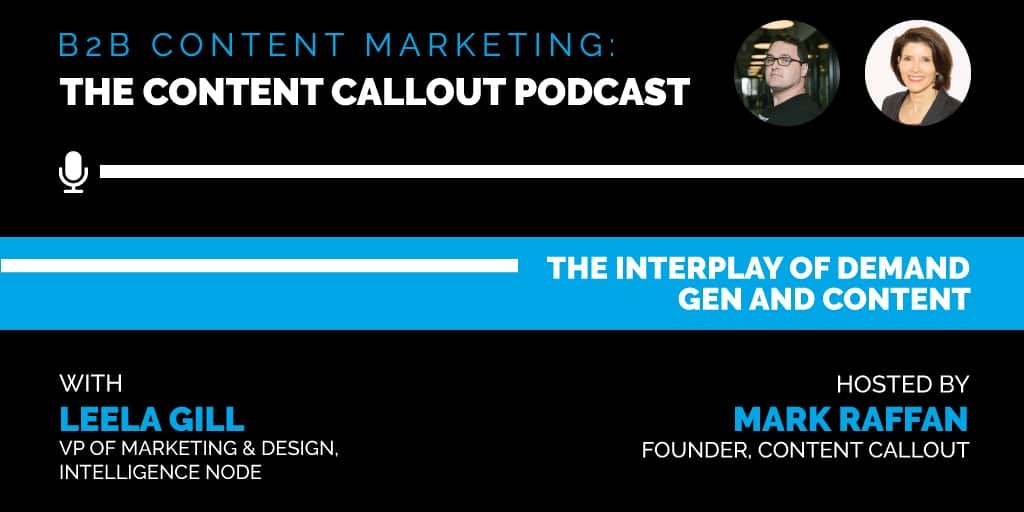By Marcus Svensson, Head of Growth, Albacross
5 MIN READ
The Guide to Creating A Killer Ideal Customer Profile
A good ICP (ideal customer profile) can mean the difference between an account-based marketing campaign that generates tons of new customers and one that flops.
That might sound like a strong statement. But if there’s one thing we’ve learned at Albacross after working with thousands of clients to develop their ABM campaigns, it’s that a well-researched ICP is crucial.
It’s also one of the things we find most frustrating. There’s no great complexity to putting together a great ICP. But it’s often done half-heartedly or (in some cases) not at all. You would be amazed at the number of companies that choose to be guided by gut instinct instead of taking their cues from a clear profile driven by data.
In this article, we’re going to show you exactly how to put together a ICP that lands you high-potential leads that turn into high-value accounts.
Putting your ICP in context
Where does your ICP fit into the broader ABM picture?
We like to think of any ABM campaign as having three essential stages. Other factors, like your tech stack and sales process, are also important. But ultimately it comes down to the following:
- Assemble your ideal customer profile.
- Identify and filter accounts.
- Advertise to chosen accounts.
Your ICP is the foundation on which the whole process is built. Get it right and you’re prepped for success. Get it wrong, however, and everything else is in jeopardy.
What’s the purpose of your ICP?
Once you have a solid idea of who you want to target, you can adopt one of two approaches. In our experience at Albacross, companies tend to find a middle-ground that incorporates both.
You can either collect raw lists of accounts from sources that are likely to fit with your ICP (competitors, referrals, website traffic etc.) and filter them according to your criteria.
The alternative is to use in-house expertise (from sales and marketing) and online tools which match your criteria with companies with strong potential.
Both are good strategies. But sales and marketing alignment is crucial at this stage. Collaborative market insight will mean that expertise about potentially lucrative accounts is fully leveraged. Bear this in mind once you begin to look for accounts to match these
How to Create Your Ideal Customer Profile (ICP)
Putting together your ICP is simply a matter of asking the right questions. It’s about compiling a set of criteria that potential target companies must meet in order to considered viable leads.
It’s vital to remember, however, that your ICP is not a buyer persona. It is important to map and understand the shared characteristics of individuals you will be directly contacting, but this comes at a later stage.
1. Examine your current accounts
Your current accounts make up one of the most valuable sources of data about companies which are an ideal fit for your products or services. At this stage, you’re essentially looking to define parameters that describe your “best fit” customers. This information will feed into the kind of firmographic data you evaluate future prospects by.
The first step is to rank your current accounts by their value. Budget will be a key factor, but other metrics like the resources they require, ease of onboarding and even potential to generate referrals, will all come into play.
In particular, you will should define the following:
- Industry type
- Average budget
- Average size
- Most pressing pain points
You might ask, “What if I’m starting from scratch?”
If that’s the case, you should develop a sense of which types of accounts provide most value by drawing on competitor research and your own intuitions about the market. As you begin to acquire new accounts, you can funnel your experience into a more accurate ICP.
2. Define firmographic data
The term firmographics simply refers to data about companies (demographics is data about people). Your ICP will be composed largely of this kind of data, based on market research and information gleaned from your existing accounts.
Generally speaking, firmographic data will fall into one of two camps: required and desirable.
Required data-points are those that are absolutely necessary for you to consider pursuing a target account. They will indicate a base level of profitability for you. Desirable data-points can then be used to rank the best leads and allocate resources accordingly.
The following are the main firmographic factors:
- Industry – Which industry is your solution applicable to? The level of specificness of this criteria will be determined in part by the depth of the market and your unique positioning.
- Budget/Revenue – Revenue is useful insofar as it is an indicator of budget.
- Location – Location is an obvious factor for companies with a clear catchment area. For online organizations, language and country-wide awareness will be more important.
- Employees – Information about employee size can be important for a number of reasons, especially if your working on a per-user payment model or your product is designed for a particular size of company (SMB vs. enterprise).
There is no need to overcomplicate your firmographic profile. There will be variance across industries but extraneous information is rarely likely to be helpful. At Albacross, we find that most of our customers rely exclusively on filters that determine industry, location and revenue (as an indicator of budget).
3. Technographic data
The need for technographic data will vary by industry. If your product requires a particular technological infrastructure, or (as is often the case) is incompatible with certain integrations and apps, then it is important to realize this at an early stage.
There are two questions to ask. First, does your software solution integrate with existing apps? Second, is your team familiar with the tech stack that your target companies use? Both will be important for marketing and sales.
Technographic data can also offer insights into company culture and preferences. Much can be inferred from a company’s tech habits. This kind of data can also be used to develop your sales pitch, in which you can offer seamless integration as well as informed customer service and onboarding.
Build Your ICP description
Your ICP boils down to your description. This is where you put all of the data gathered above into a clear, concise statement that best describes your ideal customer.
For Albacross, it might look something like this: Medium to large online business (number of employees greater than 10) with an account-based marketing budget of over $100,000. English or Swedish-speaking.
Your ICP description should be detailed enough to include prospects at both ends of the spectrum, from low-value all the way up to premium accounts. You can then rank accounts based on the desirable data-points defined in step two.
4. Buyer persona
Your buyer persona provides a picture of the key decision-makers that will be involved in the sales process. It is not a specific description of individuals within a particular company. Rather, it is template of shared commonalities that are likely to be encountered once discussions start.
Each target account will require personalized, in-depth research. The purpose of a buyer persona is to inform and streamline this process.
In particular, you should consider the following pieces of information:
- Job titles of key contacts – These are the people who you will begin any sales conversations with.
- Key decision makers – The individuals responsible for making the final purchase decision.
- KPIs – Which KPIs are shared by companies in a particular industry or sector?
- Common complaints – What are the common complaints cited by key contacts and decision makers? Both in terms of their current solution (or lack thereof) and the relationship they have with its providers.
Conclusion
Once you have a clear ICP, you can move onto the subsequent stages of your account-based marketing campaign with clarity. You will understand precisely who you need to target and how to do it.
The wealth of data that you have gathered will enable you to do two things. First, you can pinpoint best-fit accounts to reach out to. Second, you will be armed with a variety of insights to draw upon in the sales process.
Your ICP has far-reaching ramifications for every part of your ABM strategy. Get it right now and it won’t be long until you start reaping the consequences.
Related Posts:
Influencers, Brand Ambassadors and Raving Fans – and Why You Need All Three
For marketers, influencers, brand ambassadors, and raving fans can create a significant differentiator…
Marketing as a Revenue Generator and Catalyst for Change
Marketing is a change catalyst, calling customers to change and jump on, and it also helps the organization…
A Guide To Navigating Startups as a Marketing Leader
It can’t be understated: Being a marketing leader of a startup can be crazy and chaotic. Out of the million…
A 5-Step Marketing Plan for Startups
As a marketing professional working in a startup, do you know how to help your company grow revenue? How is…
Building A Diverse And Equitable Business: The Role Of Marketing
Jesse Jackson once said, “Inclusion is not a matter of political correctness. It is the key to growth.” This…
B2B Marketing: What We Can Do To Help Save The Planet
The COVID-19 pandemic is the biggest business challenge of a generation. Organizations scramble to establish…
The Interplay of Demand Gen and Content with Leela Gill
The COVID-19 pandemic is the biggest business challenge of a generation. Organizations scramble to establish…
Early-Stage Marketing: A Five-Point Leadership Framework
The COVID-19 pandemic is the biggest business challenge of a generation. Organizations scramble to establish…
Social Media: Getting Above the Noise
The COVID-19 pandemic is the biggest business challenge of a generation. Organizations scramble to establish…









